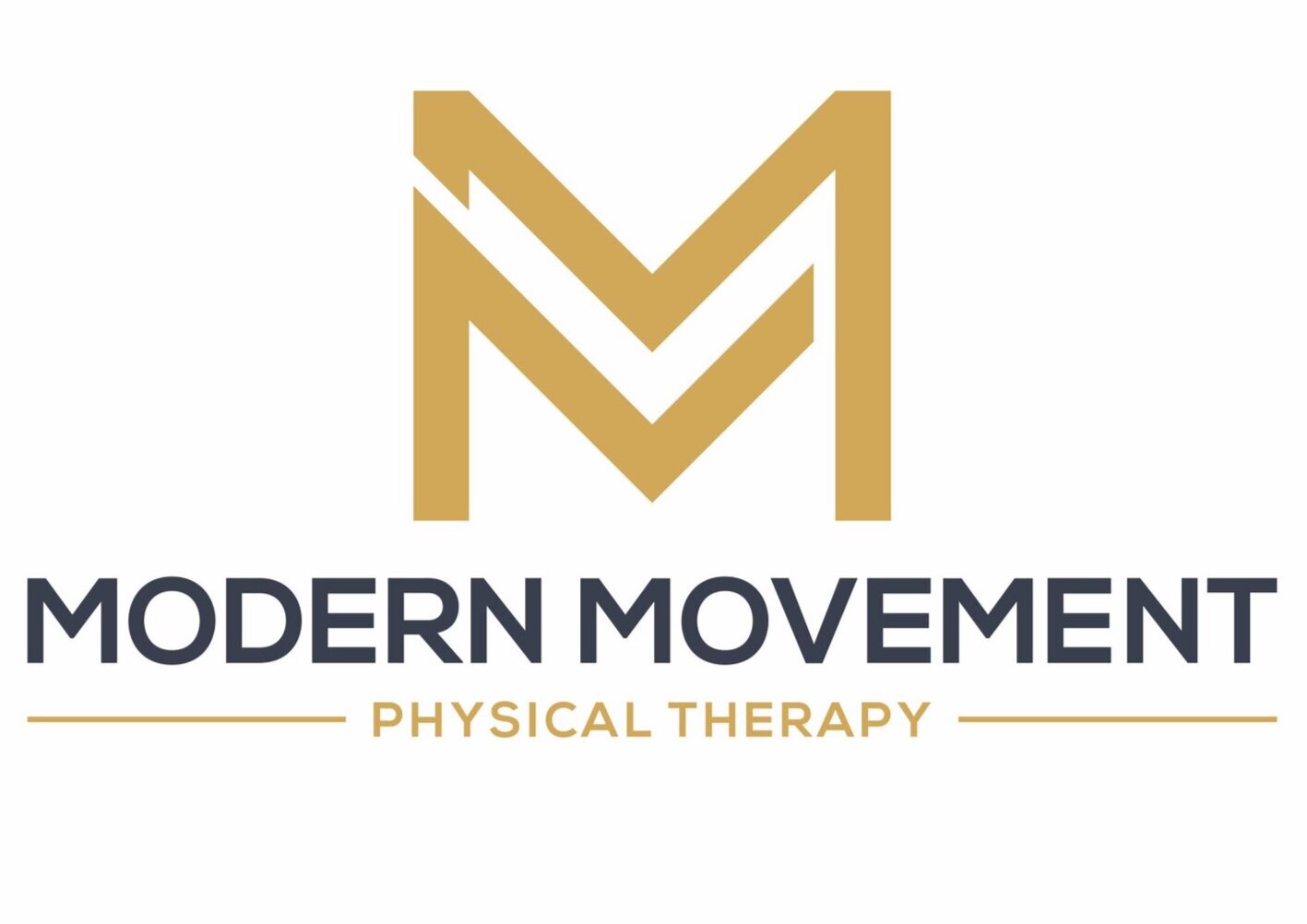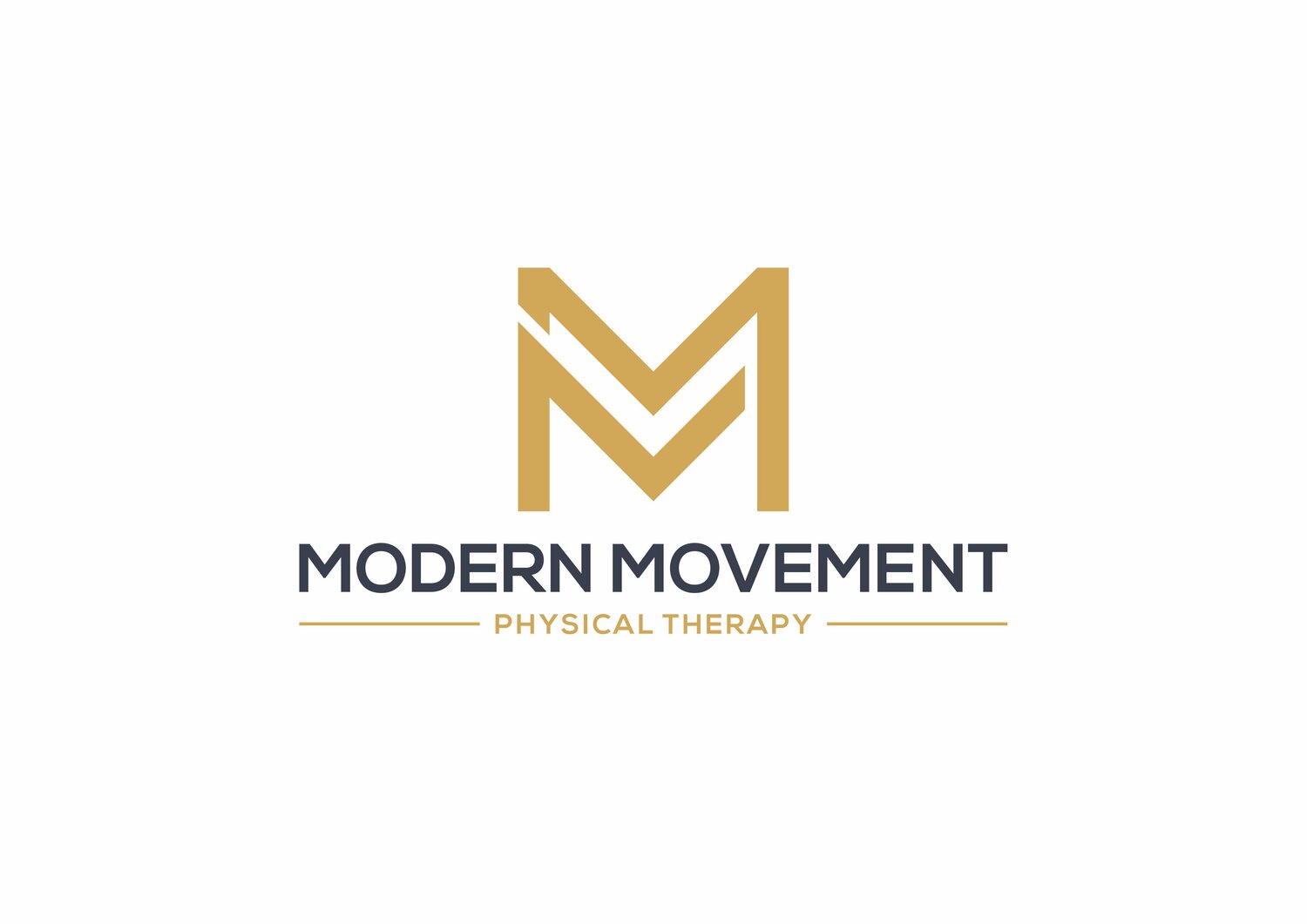What is Direct Access?
The goal of this blog is to educate more people about “direct access” and more importantly, why it needs to be more utilized. Direct access refers to the ability of patients to be directly seen by a physical therapist for evaluation and treatment without being referred by a doctor or other healthcare practitioner. Arizona is a state that allows this. However, recent data shows that the effect of direct access on our practice appears to be less than anticipated. From talking with many of my patients over the past couple years it is evident why. First, people don’t know about it, and second, the field of physical therapy has not done a good job of educating the community about direct access and it’s benefits.
Using direct access in physical therapy practice requires both a high level of confidence and competence in clinical judgment, decision making, and skill. In 1993 the first physical therapy program transitioned from a masters to a doctorate. As of 2015 all PT programs in the US are now a doctorate program. The curriculum of the doctorate programs are significantly more extensive and comprehensive. This was important because physical therapists would be seeing patients first and must be able to screen for potentially more serious conditions that may not be appropriate for physical therapy and should be referred to a medical doctor for further evaluation for example. Physical therapists are free to develop the type of referral relationships that exist among other professional groups by serving not only as the recipient of referrals but also as a referral source.
Using direct access has many advantages.
1) It saves time, money, and stress with no need for a time consuming trip to a doctors office
2) Helps patients become more actively engaged in their healthcare decision making
3) Develop more collaborative relationships with other health care professionals
4) Improves patient access to care
5) Can become a part of a patient's routine for injury prevention, fitness, and health
6) Improve physical therapy outcomes and get better results
Now, for the most important part of this blog I’m going to give you an example from #6 and how direct access can improve your physical therapy results.
Expert opinion has described the prevalence of low back pain experienced by modern society as an “epidemic”. Low back pain is often described as acute, subacute, recurrent, or chronic. Given the high prevalence of recurrent and chronic low back pain and the associated costs, clinicians should place a high priority on preventing recurrences or the transition to chronic low back pain. Most acute low back pain cases are diagnosed as "non-specific” meaning that a pathoanatomical cause of the pain is not determined. As a patient, this may seem frustrating, but the good news is that non-specific low back pain often resolves on its own after a few weeks. On the other hand, numerous studies have demonstrated that the right type and amount of early treatment may help prevent acute low back pain from developing into a chronic condition. Unfortunately what often happens is a patient doesn’t know about direct access and if their acute low back pain does not resolve they will try to get in to see a doctor. Many patients are then referred to physical therapy. The amount of time that passes from the onset of acute low back pain to the time I finally get to see the patient, the condition has now become chronic in nature and will take longer to rehabilitate.
At Modern Movement we can help to avoid this from happening. If you hurt your back, you can go to our website and book an Initial Evaluation online!

